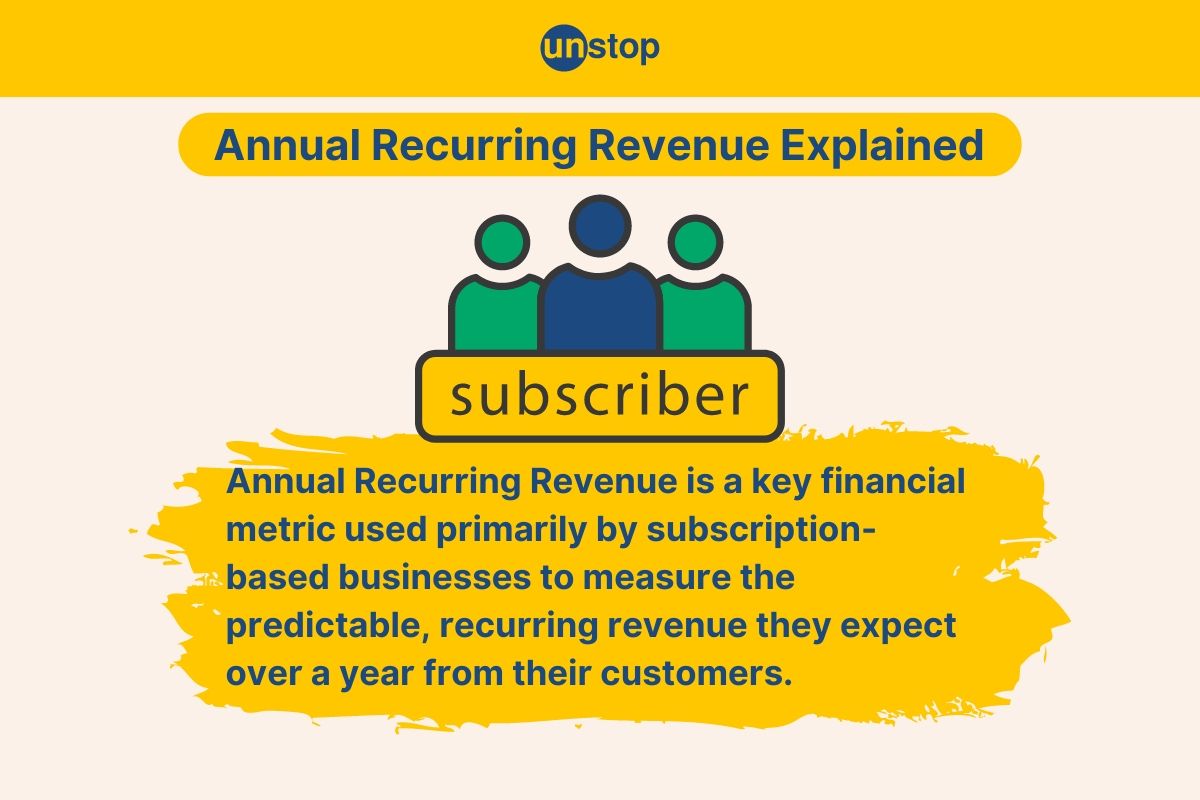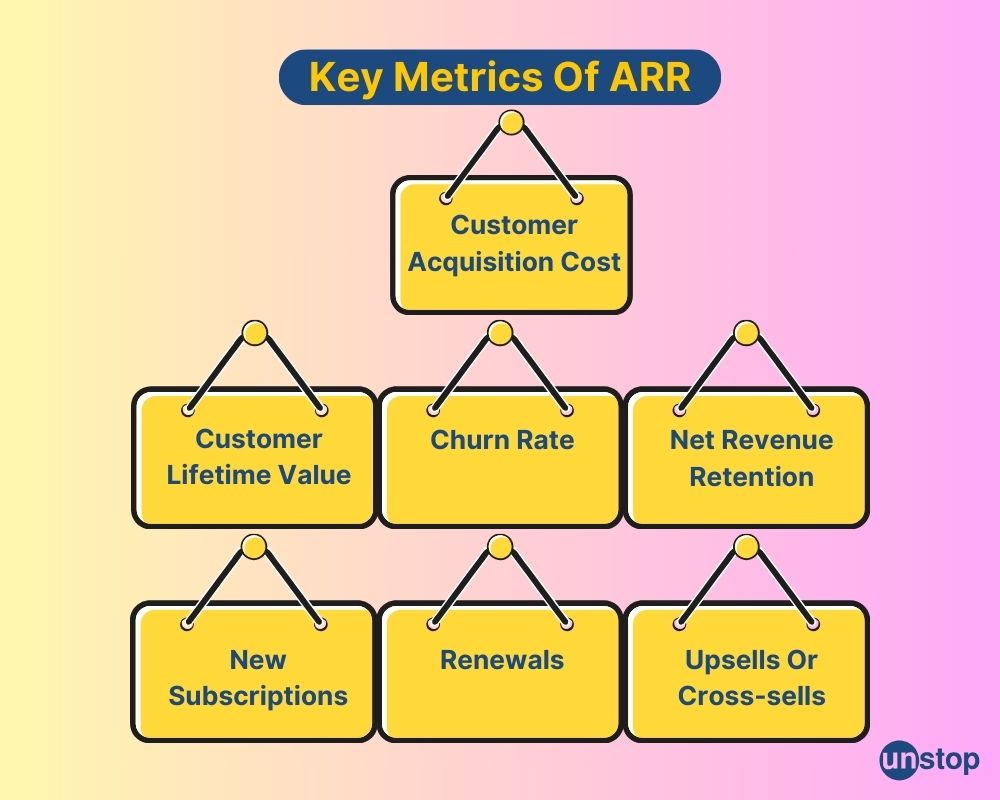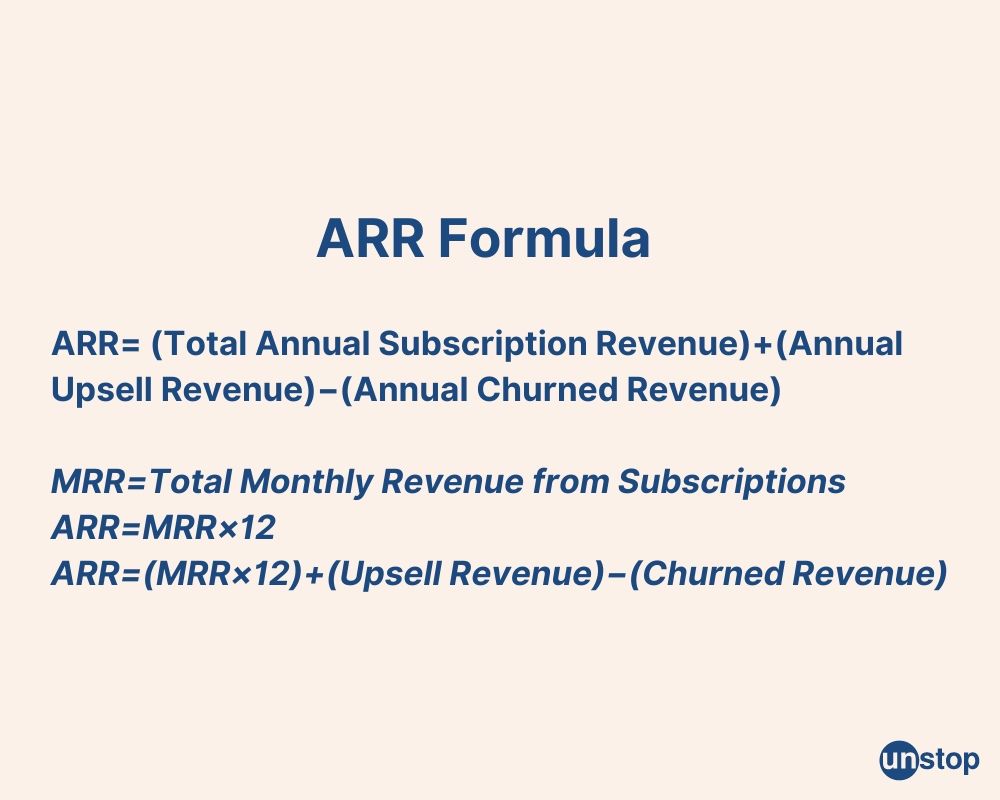- What Is Walter's Model Of Dividend?
- Key Concepts Of Walter's Model
- Dividend Policies
- Walter's Model Formula And Assumptions
- Model Limitations
- Conclusion
- Frequently Asked Questions
- Exploring Cash And Fund Flow
- Importance Of Cash & Fund Flow Statement
- Components Of Cash & Fund Flow Statement
- Exploring The Key Differences With Examples
- Significance And Application
- Advantages And Disadvantages
- Conclusion
- Frequently Asked Questions
- Definition Of Comparative Statement
- Types Of Comparative Statements
- Formulas For Comparative Statement
- Example Of Comparative Income Statement
- Preparing Comparative Statement
- Steps For Income & Balance Sheets
- Understanding Cash Flow Comparisons
- Practical Examples Explained
- Limitations And Considerations
- Conclusion
- Frequently Asked Questions (FAQs)
- Definition Of Dividend Decision
- Key Factors Influencing Dividend Decision
- Objectives Of Dividend Decision
- Theories And Determinants
- Policies Of Dividend Decision
- Conclusion
- Frequently Asked Questions (FAQs)
- Role of Fund Flow Statement Analysis
- Key Objectives of Preparing a Fund Flow Statement
- Importance of a Fund Flow Statement
- How to Prepare a Fund Flow Statement: A Step-by-Step Guide
- Fund Flow Statement vs. Cash Flow Statement
- How Fund Flow Analysis Empowers Investors and Management
- Limitations of a Fund Flow Statement
- Conclusion
- Frequently Asked Questions (FAQs)
- Definition Of Financing Decision
- Types Of Financial Decisions
- Examples Of Financing Decisions
- Key Factors In Financial Decision-Making
- Theories Of Financial Decision
- Analyzing Costs And Risks
- Evaluating Market & Regulatory Impacts
- Conclusion
- Frequently Asked Questions (FAQs)
- Definition Of Finance Function
- Core Components Of Finance Function
- Functions Of Financial Management
- Importance Of Finance Decision
- Scope Of Finance Function
- Objectives Of Financial Management
- Integrating Decisions Into Business Strategy
- Conclusion
- Frequently Asked Questions (FAQs)
- Definition Of Profit & Wealth Maximization
- Top 5 Key Differences Highlighted
- Calculation Method (Formula)
- Which Approach Is More Sustainable
- How It Impacts Different Stakeholders
- Role Of Decision-Making In Maximization
- Conclusion
- Frequently Asked Questions (FAQs)
- Definition Of Capital Structure
- Top 10 Factors Affecting Capital Structure
- Conclusion
- Frequently Asked Questions (FAQs)
- Defining Working Capital Cycle
- Importance Of Working Capital Cycle
- Components Of Working Capital Cycle
- Steps Of Working Capital Cycle
- Formula Used For Calculation
- Positive vs Negative Working Capital
- Reducing The Cycle
- Conclusion
- Frequently Asked Questions
- What is a Common Size Statement?
- Common Size Statement Format & Formula
- Common Size Statement Analysis
- Importance of Common Size Statement
- Difference Between Common Size and Comparative Statement
- Conclusion
- Frequently Asked Questions (FAQs)
- Definition Of Gordon Growth Model
- Formula & Example Of GGM
- Applications In Investment Valuation
- Gordon Growth Vs. Dividend Discount Model (DDM)
- Pros And Cons Of The Model
- Conclusion
- Frequently Asked Questions (FAQs)
- Definition & Concept Of Maximization
- Importance & Benefits Of Wealth Maximization
- Approaches & Challenges
- Wealth Maximization Vs. Profit Maximization
- Strategies To Implement Wealth Maximization
- Relation Of Psychological Aspects & Wealth
- Conclusion
- Frequently Asked Questions (FAQs)
- What Is Investment Decision? (Meaning)
- Key Factors Influencing Investment Decisions
- Importance of Investment Decision
- Exploring Capital Budgeting Methods
- Net Present Value Vs Internal Rate Of Return
- Addressing Inflation Effects
- Conclusion
- Frequently Asked Questions (FAQs)
- What Is Discounted Payback Period?
- Understanding The Basic Concept
- Formula & Calculation With Example
- Advantages, Disadvantages And Application
- Payback Vs. Discounted Payback
- Role & Influence Of Decision Rule Explained
- Conclusion
- Frequently Asked Questions (FAQs)
- What Is Working Capital Management
- Key Components Of Working Capital
- Importance Of Working Capital Management
- Working Capital Cycle & Formula
- Key Ratios In Working Capital Management
- Factors Influencing Working Capital
- Strategies For Working Capital Management
- Conclusion
- Frequently Asked Questions (FAQs)
- Meaning Of Financial Sources In Business
- Primary And Secondary Sources Of Finance
- Top 7 Sources Of Finance For Business
- Traditional Vs Modern Sources Of Finance
- Classification Of Finance Sources Based On Time Period
- Classification & Impact Based On Ownership
- Strategies For Choosing The Right Sources Of Finance
- Conclusion
- Frequently Asked Questions (FAQs)
- What Is Profitability Index?
- Key Features Of PI As A Financial Tool
- Profitability Index Formula
- How To Calculate Profitability Index
- Advantages & Disadvantages Of PI
- Conclusion
- Frequently Asked Questions (FAQs)
- What Is Annual Recurring Revenue?
- Importance Of ARR For Business Growth
- Formula And Steps To Calculate ARR
- Differences Between ARR and MRR
- Conclusion
- Frequently Asked Questions
- What Is Capital Budgeting?
- Types & Features Of Capital Budgeting
- Importance Of Capital Budgeting
- Methods Used In Capital Budgeting
- Capital Budgeting Process
- Capital Budgeting Vs. Operational Budgeting
- Conclusion
- Frequently Asked Questions (FAQs)
- What Is Financial Statement Analysis?
- Importance & Benefits
- Types Of Financial Statement Analysis
- Methods Of Financial Statement Analysis
- Steps In Financial Statement Analysis
- Conclusion
- Frequently Asked Questions (FAQs)
- What Is The Cost Of Capital?
- Key Components Of Cost Of Capital
- WACC & Formula
- Factors Influencing Cost Of Capital
- Role Of Cost Of Capital In Financial Decisions
- Role In Investment Decisions & Mergers
- Impact On Business Operations & Strategies
- Conclusion
- Frequently Asked Questions
- What Is Internal Rate Of Return (IRR) In Finance?
- Key Concepts Of IRR
- Formula To Calculate Internal Rate Of Return
- Applications Of IRR In Finance
- Limitations & Challenges Of IRR
- Conclusion
- Frequently Asked Questions (FAQs)
- What Is Cost of Equity?
- Key Factors Affecting Cost Of Capital
- Role Of Cost Of Equity In Finance
- Methods to Calculate Cost of Equity
- Formula Of Cost Of Equity
- Components Of Cost Of Equity
- Cost Of Equity Vs. Related Financial Concepts
- Conclusion
- Frequently Asked Questions (FAQs)
- What Is Ratio Analysis?
- Importance Of Ratio Analysis
- Types Of Financial Ratios Analysis
- Methods Used To Conduct Ratio Analysis
- Applications And Examples
- Conclusion
- Frequently Asked Questions (FAQs)
- What Is Net Present Value (NPV)?
- Why Use NPV? Top 5 Benefits
- NPV Formula Explained
- Steps To Calculate NPV With Example
- Positive Vs. Negative NPV
- Advantages And Disadvantages Of NPV
- NPV Vs. Other Financial Metrics
- Conclusion
- Frequently Asked Questions
- What Is The Time Value Of Money?
- Time Value Of Money Formula
- Importance Of Time Value Of Money
- Methods & Techniques Of Time Value of Money
- Relationship Between Opportunity Cost And Time Value
- Inflation's Impact on Time Value
- Conclusion
- Frequently Asked Questions (FAQs)
- What Is Financial Management?
- Types of Financial Management
- Importance of Financial Management
- Key Functions Of Financial Management
- Best Practices For Financial Management
- Conclusion
- Frequently Asked Questions
- What Is Leverage In Financial Management?
- Types Of Leverage In Financial Management
- Financial Leverage Formula
- Risks & Benefits Of Financial Leverage
- Conclusion
- Frequently Asked Questions
- What Is A Dividend?
- Types Of Dividends
- Dividend In Financial Management
- Examples Of Dividend
- Impacts Of Dividends On Share Prices
- Reasons Companies Pay or Not Pay Dividends
- Conclusion
- Frequently Asked Questions
Annual Recurring Revenue (ARR): Definition, Formula & Calculation

Annual Recurring Revenue (ARR) is an essential measure for businesses that operate on a subscription basis. It offers valuable insights into both the stability of revenue and the potential for growth. By concentrating on ARR, companies can successfully manage their recurring revenue models and work towards achieving lasting success.
In this article, we will study the definition, its important aspects, formula, calculation and examples.
What Is Annual Recurring Revenue?
Annual Recurring Revenue is a key financial metric used primarily by subscription-based businesses to measure the predictable, recurring revenue they expect over a year from their customers.
This figure includes all subscription fees but excludes one-time charges. It helps companies understand customer retention, make strategic decisions, and attract investors.
Key Metrics Related To ARR

Customer Acquisition Cost (CAC): Customer Acquisition Cost is the total amount spent to gain a new customer, covering marketing, sales, and other expenses.
Customer Lifetime Value (CLV): CLV is the total revenue a business expects to make from a customer throughout their relationship. It's an important measure for understanding a customer's long-term value and profitability.
Churn Rate: The churn rate in ARR is the percentage of existing customers or revenue lost over a specific period, usually a year, due to cancellations or non-renewals of subscriptions.
Net Revenue Retention (NRR): NRR shows how much recurring revenue a company keeps from existing customers over time. It includes upsells and expansions while considering downgrades and churn. This metric reveals a company's ability to grow revenue from its current customers.
New Subscriptions: In ARR, new subscriptions refer to the revenue generated from customers who start new subscriptions within the year. This metric highlights the business's ability to attract and onboard new customers, contributing to overall revenue growth.
Renewals: Renewals represent the revenue earned from existing customers who continue their subscriptions for another year. This metric is crucial for assessing customer retention and the stability of recurring revenue.
Upsells/Cross-sells: Upsells and cross-sells help boost revenue from current customers. Upselling encourages buying a more expensive version of a product, while cross-selling recommends related products or services.
Importance Of ARR For Business Growth
Let us look at some of the important aspects of annual recurring revenue for businesses:
Financial Goal
ARR helps businesses set realistic financial goals. It provides a clear picture of expected revenue. Companies can forecast future performance based on historical data. This clarity allows for better planning and budgeting.
Tracking Growth Trends
ARR plays a crucial role in tracking long-term growth trends. Businesses can analyze their revenue over time to understand market fit. Sustainable growth depends on recognizing patterns in customer behaviour and product performance. Companies that monitor ARR can adapt their strategies accordingly.
Strategic Decision-Making
Understanding ARR is essential for strategic decision-making. It informs pricing strategy and product choices. Investors often look at ARR to assess a company's potential for overall growth. Businesses that prioritize ARR can allocate resources more effectively. This leads to smarter investments in expansion and development.
Customer Insights
ARR also provides insights into customer retention and satisfaction. By evaluating this metric, companies identify which products resonate with customers. They can then enhance their offerings based on feedback. A strong focus on ARR ensures that businesses remain aligned with customer needs.
Formula And Steps To Calculate ARR

Steps To Calculate ARR
Calculate Monthly Recurring Revenue (MRR): MRR=Total Monthly Revenue from Subscriptions
Annualize MRR: ARR=MRR×12
Adjust for Upsells and Churn: ARR=(MRR×12)+(Upsell Revenue)−(Churned Revenue)
Examples Of ARR
Let us consider 100 new customers, each paying INR 100 per month. Then, new customer ARR=100×100×12=INR 120,000.
Assuming that 10 customers leave, each paying INR 100 per month, we have the churned ARR=10×100×12=INR 12,000.
Finally, we have the adjusted ARR considering churn: Adjusted ARR=INR 120,000−INR 12,000=INR 108,000.
Strategies to Increase ARR
Improve Customer Retention: Reduce churn through effective retention strategies.
Upsell and Cross-Sell: Encourage upgrades and additional purchases from existing customers.
Expand Market Reach: Acquire new customers by entering new markets or segments.
Enhance Product/Service Offering: Improve offerings to meet customer needs and justify renewals.
Differences Between ARR and MRR
Let us look at some of the differences between ARR and MRR:
Financial Implications
The difference between ARR and MRR affects financial analysis. ARR gives a long-term view of revenue stability. Businesses can forecast growth over a year with this model. MRR offers a more immediate look at cash flow. It helps identify trends and changes month-to-month.
Evaluating Performance
Both ARR and MRR are useful for evaluating subscription business performance. They complement each other by providing different levels of insight. Companies can track short-term changes using MRR while monitoring long-term growth through ARR.
For instance, a sudden drop in MRR may signal issues that need immediate attention. Conversely, consistent ARR growth indicates overall health in the business model.
Conclusion
Understanding Annual Recurring Revenue (ARR) is crucial to running a business effectively. It provides a clear picture of your revenue stream and helps you strategize for growth. Knowing how to calculate ARR and distinguishing it from MRR equips you with the tools to make informed decisions.
ARR allows you to focus on long-term sustainability and customer retention. By prioritizing ARR, you're setting yourself up for success in a competitive market. By focusing on ARR, companies can gauge their financial health, make strategic decisions, and attract investors. Effective management of ARR through customer retention, upselling, and market expansion can significantly enhance a company's growth and stability.
Time For A Short Quiz
Frequently Asked Questions
1. What is Annual Recurring Revenue (ARR)?
Annual Recurring Revenue (ARR) is the total revenue a business expects to receive from its subscriptions over a year. It provides a clear picture of predictable income, helping businesses plan and grow effectively.
2. How do you calculate ARR?
To calculate ARR, multiply the monthly recurring revenue (MRR) by 12. For example, if your MRR is $1,000, your ARR would be $12,000. This straightforward formula helps in assessing long-term financial health.
3. Why is ARR important for businesses?
ARR is crucial as it offers insights into revenue stability and growth potential. It aids in forecasting future earnings and attracting investors by demonstrating consistent income streams.
4. How does ARR differ from MRR?
ARR measures annual revenue, while MRR reflects monthly revenue. ARR provides a long-term view, whereas MRR focuses on short-term performance. Both metrics are essential for understanding subscription-based business models.
5. Can ARR include one-time fees?
No, ARR only includes recurring revenue from subscriptions. One-time fees or non-recurring charges should be excluded to maintain accuracy in financial forecasting and analysis.
6. How can I improve my ARR?
You can enhance your ARR by increasing customer retention, upselling existing customers, and acquiring new subscribers. Implementing effective marketing strategies can significantly boost your recurring revenue.
Suggested reads:
-
Profitability Index (PI): Definition, Formula, Calculation & More
-
Top 7 Sources Of Finance For Businesses And Start-ups Explained
-
Working Capital Management: Definition, Importance, Strategy & More
-
Discounted Payback Period: Definition, Formula, Calculation & More
-
Investment Decision: Definition, Factors & Importance In Finance
Instinctively, I fall for nature, music, humor, reading, writing, listening, traveling, observing, learning, unlearning, friendship, exercise, etc., all these from the cradle to the grave- that's ME! It's my irrefutable belief in the uniqueness of all. I'll vehemently defend your right to be your best while I expect the same from you!
Login to continue reading
And access exclusive content, personalized recommendations, and career-boosting opportunities.
Subscribe
to our newsletter
















Comments
Add comment